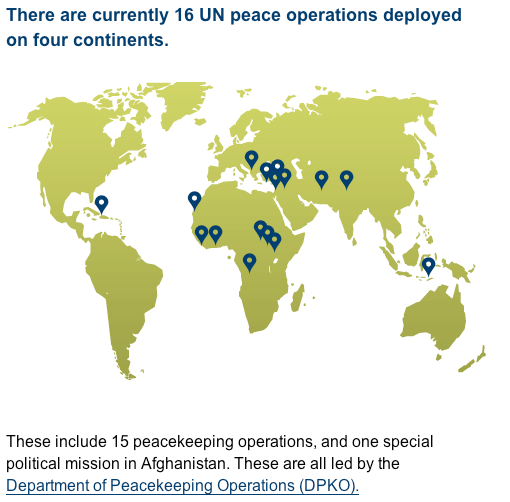So, if you’re not convinced by the ethical perspectives on climate change, then maybe you’ll be convinced to take it seriously if you are told that it could make state less secure going forward. In a new report from the US Department of Defence (i.e., “The Pentagon”), climate change is seen as a “threat multiplier.” In the language of Homer-Dixon, this means that climate change is viewed not as an exogenous cause of conflict, but as a factor that could negatively influence hypothesized exogenous causes of both civil and inter-state conflict. This is how Bloomberg News responded to the release of the report:
Global warming will worsen many of the challenges the U.S. military already is grappling with, the department said in areport yesterday.
“We refer to climate change as a ‘threat multiplier’ because it has the potential to exacerbate many of the challenges we are dealing with today -– from infectious disease to terrorism,” Secretary of Defense Chuck Hagel said in a blog post. “While scientists are converging toward consensus on future climate projections, uncertainty remains. But this cannot be an excuse for delaying action.”
Here is the report in its entirely. I am also providing a video excerpt of an MSNBC story on the release of the report, which has the added virtue of including an interview with the author of one of the readings that I think at least 2 of you read for Wednesday’s seminar! The author is Chris Parenti, who has written an interesting book called Climate of Chaos.




 China, France, India, Israel, Pakistan, and the UK all saw declines in their total militarized dispute involvement in the years after they got nuclear weapons. A number of these are big declines. USSR/Russia and South Africa have higher rates in their nuclear versus non-nuclear periods, though it should be kept in mind that for the USSR we only have four years in the sample with no nukes, just as the Cold War is starting.
China, France, India, Israel, Pakistan, and the UK all saw declines in their total militarized dispute involvement in the years after they got nuclear weapons. A number of these are big declines. USSR/Russia and South Africa have higher rates in their nuclear versus non-nuclear periods, though it should be kept in mind that for the USSR we only have four years in the sample with no nukes, just as the Cold War is starting.
You must be logged in to post a comment.